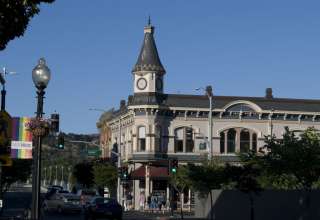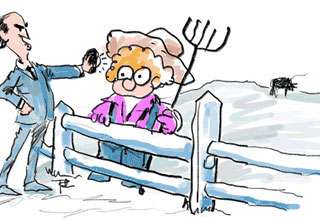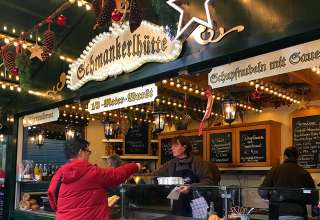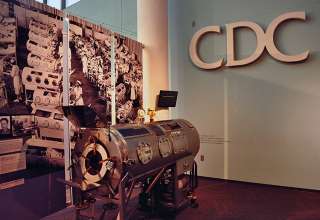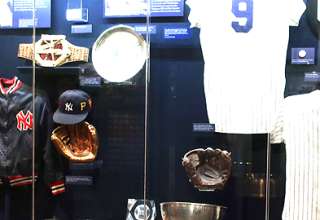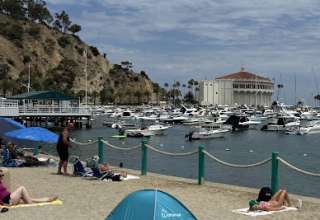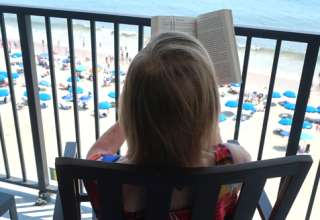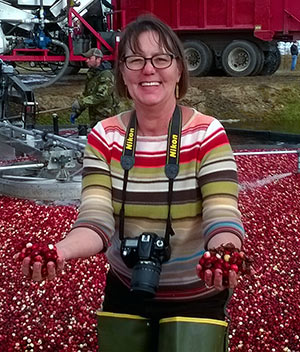His seven older siblings thought he was crazy.
Heirs to one of America’s biggest fortunes in the 19th century, they lived in mansions in Manhattan and on lavish estates in Newport, Rhode Island. But little Georgie Vanderbilt, a bachelor devoted to his mother, spent his money buying up land in the wilds of western North Carolina and set out building a home where he and mama could breathe clean mountain air. Family members scoffed.
Boy, did he show them.
On Christmas Eve, 1895, George Washington Vanderbilt II invited family and friends to his almost-finished home for the holidays. Then, as today, the road leading to the house winds through three miles of pastures and woodlands. Just when visitors think their driver has lost his way, the road ascends a hill, curves right and enters a clearing. Carriages carrying Vanderbilt’s guests stopped. Heads turned. Jaws dropped. What they saw — and what visitors on shuttle buses now see — was a massive residence built in the style of French chateaux with the Blue Ridge Mountains rising behind it. With 250 rooms, it was the largest private residence in America.
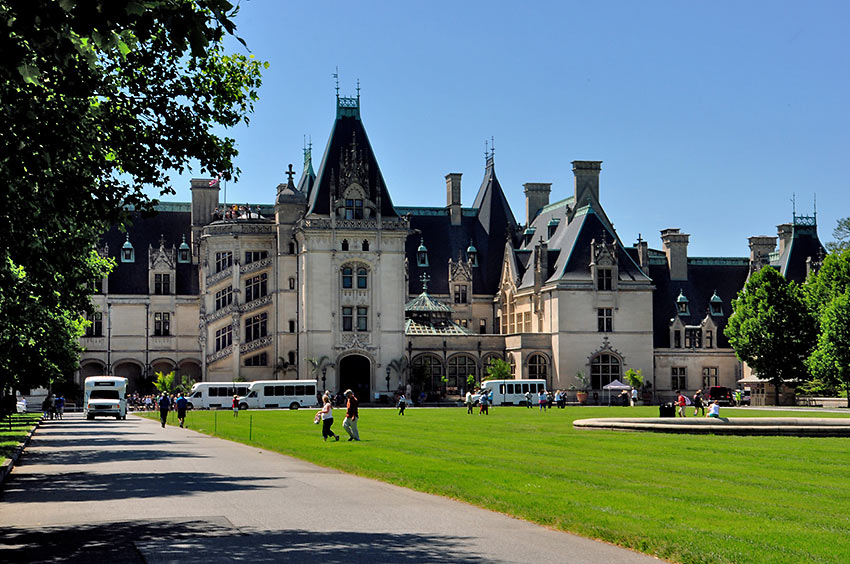
But the Biltmore has become much more than just some rich guy’s house. George’s descendants transformed it from a private Gilded Age estate to an attraction welcoming more than a million visitors a year. In addition to the house, Biltmore Estate has two hotels, a spa, shops and restaurants, a winery and a roster of outdoor activities. Though the property near Asheville, N.C., remains in the family, no one with Vanderbilt blood lives in the big house. It has become a museum showcasing art, books, carpets and furniture George purchased on buying trips to Europe.
Shades of ‘Downton Abbey’
With 33 bedrooms, George and his wife Edith, whom he married in 1898 less than two years after his mother died, had plenty of room to entertain. They did so in true “Downton Abbey” fashion with from 25 to 45 servants attending to their needs and those of their guests.
Members of the Gilded Age leisure class changed clothes six or seven times a day depending on their activities on the estate: afternoon tea, a bit of shooting or fishing, horseback riding, croquet and walks in the woods before a seven to ten-course formal dinner. Ladies’ maids styled hair, tended to makeup and manicures and assisted with dressing, often cinching a corset to an 18-inch waistline.
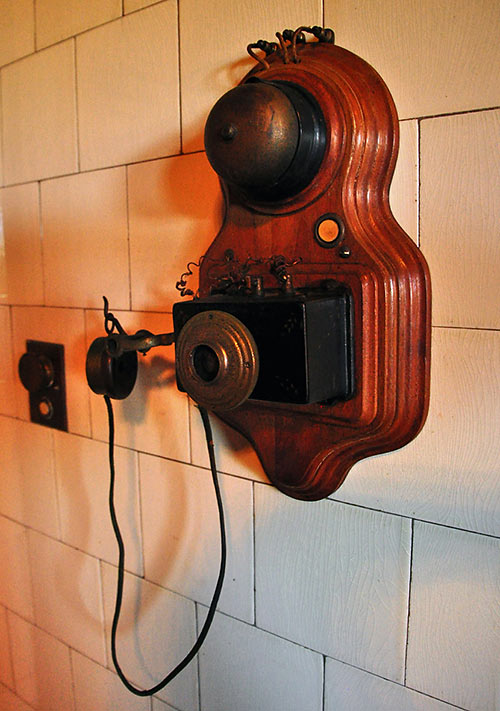
A behind-the-scenes tour gives a glimpse of upstairs-downstairs life, including a visit to the two-story butler’s pantry where china, crystal and silver — 40 serving pieces per person at dinner — were stored. Should a guest desire a bit of caviar in the middle of the night, a bell summoned a servant on duty around the clock.
Another behind-the-scenes tour takes visitors to the roof of the Biltmore where the superimposed initials GV appear along the copper ridgeline. From here visitors get an up-close look at the turrets, balconies and gargoyles designed by architect Robert Morris Hunt who fashioned this American castle in Indiana limestone. They also look out over the vast acreage of the estate, 8,000 acres today, down from the 125,000 George bought. Acclaimed landscape architect Frederick Law Olmsted, who designed New York City’s Central Park, was dismayed when he laid eyes on the worn-out farmland. Vanderbilt persuaded him to replant it in formal gardens and woodlands to support the estate’s timber business. After George died of complications from an appendectomy in 1914, Edith sold some of the land to the government as national forest.
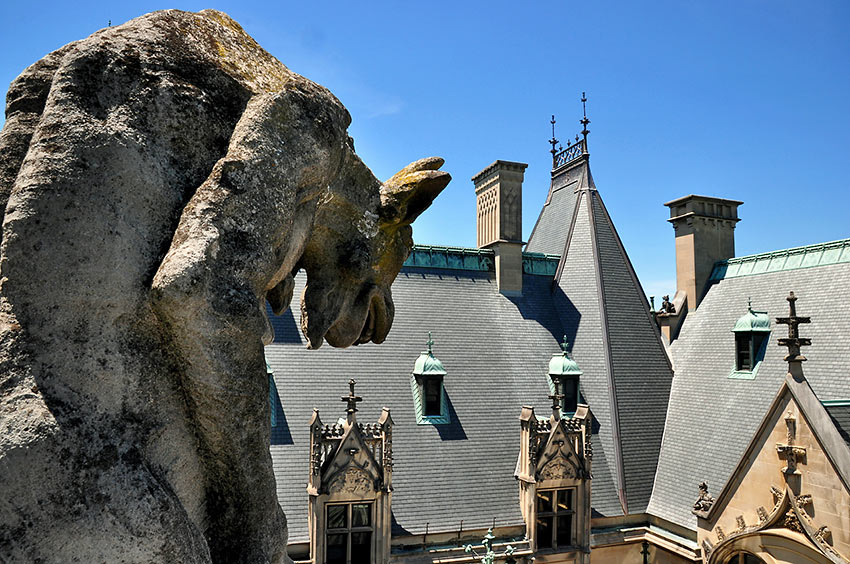
The Vanderbilts had one child, Cornelia, born at the Biltmore. She married an English aristocrat and had two sons who inherited the property. George and Edith’s great-grandson and great-granddaughter now manage Biltmore Estate.
The city of Asheville, N.C., asked the family to open Biltmore to the public as a means of boosting tourism to the area during the Depression. The first visitors arrived in 1930.
Touring the Big House
Today’s most popular tour, a 90-minute audio tour, takes visitors through most of the important rooms, including the glass-roofed winter garden and the banquet hall with triple fireplace and ceiling seven stories high.
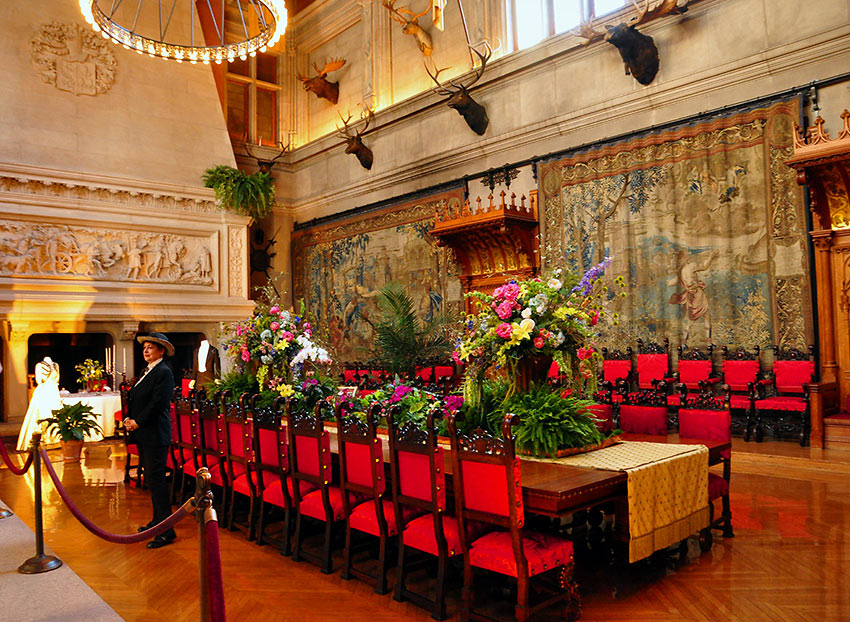
Two paintings by Renoir hang in the breakfast room and John Singer Sargent’s large portraits of Olmstead and Hunt grace a wall of the second-floor living hall. French doors open from the covered loggia to a 90-foot-long gallery hung with Flemish tapestries from the 1530s.
Nearly half of the bookish Vanderbilt’s 22,000-volume collection fills shelves of the two-story library. A chess set and games table once belonged to Napoleon Bonaparte. The music room was not completed in George’s lifetime. During World War II Edith allowed the National Gallery in Washington, D.C., to store art there to safeguard it from possible attack.
One of the first bowling alleys in a private residence is downstairs, the pins set by servants. The indoor pool had underwater lighting. Visitors walk through the kitchens where a dozen workers assisted the chef. Dumbwaiters transported food upstairs.
A bachelor’s wing was reserved for unmarried gentlemen who could come and go at all hours without disturbing the ladies. It had a billiard room and gun room where guests could select weapons from Vanderbilt’s collection for hunting on his estate. Men gathered for after-dinner cigars, pipes and brandy in the smoking room.
Beyond the House
In George’s time, the estate was very much a working farm and dairy that delivered milk throughout the area. The farm remains, supplying chefs in Biltmore restaurants with salad greens, berries and herbs as well as poultry and eggs from free-range chickens, beef and lamb from Angus cattle and White Dorper sheep. Even some of the grapes from the estate vineyard become wine made in the winery. Tastings are included in the Biltmore admission ticket.
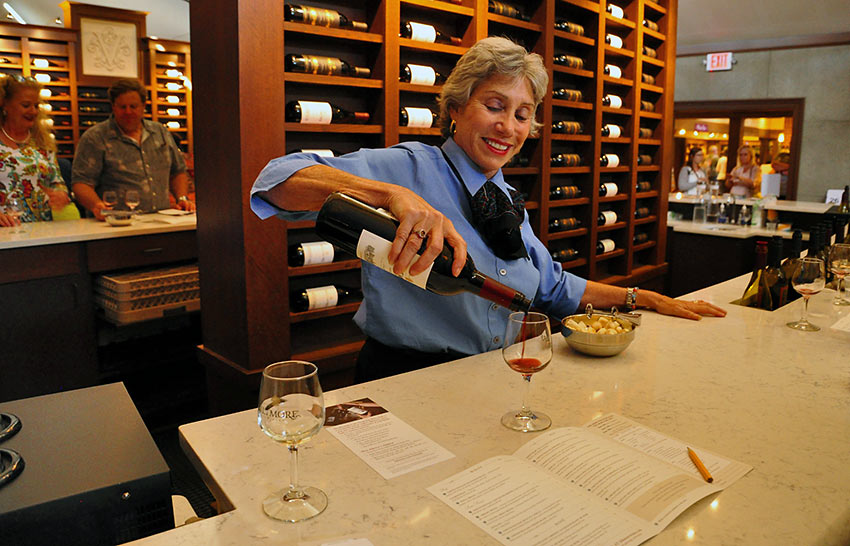
The winery sits in the estate’s Antler Village complex about five miles from Biltmore House. The village has two lodgings, the Village Hotel and the four-star Inn on Biltmore Estate with spa and white-tablecloth dining. Contemporary American cuisine is served in the village’s Bistro, pub fare in Cedric’s Tavern. Deerpark Restaurant, between the village and the house, is known for its Sunday brunch buffet and Saturday Taste of the South lunch. Back at the house, Southern comfort food is served in the former stable, tables set up in the horse stalls.
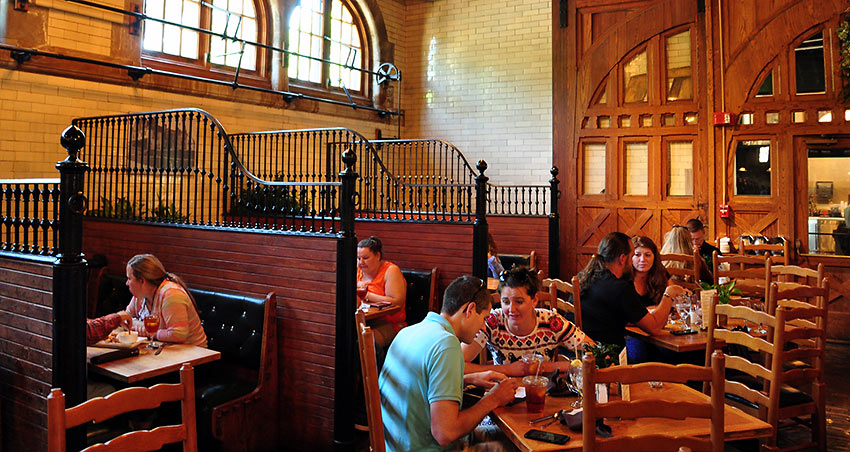
Visitors find opportunities for shopping at both the house and village, including a toy store, garden shop and year-round Christmas store. Biltmore has a resort side, too, with outdoor activities such as horseback riding, biking, clay shooting, fly fishing, Segway tours, a Land Rover driving school, kayaking and river rafting. Or visitors can transport themselves back to George’s time by taking a carriage ride.
Details
Information: 800-411-3812, biltmore.com
Tickets: $40 to $75 depending on season and advance purchase. Children 9 and younger free, ages 10-16 are 50 percent off the adult price. Audio tours $10.98, guided tours $22-$150.
